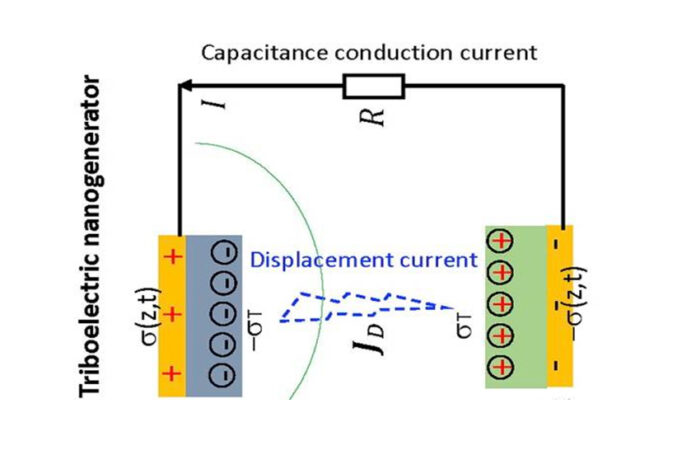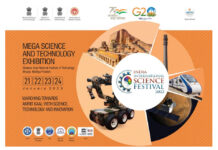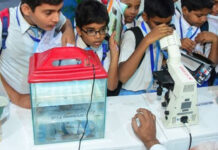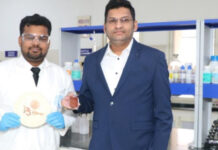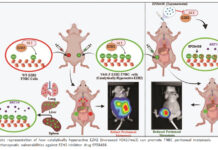New Delhi, March 26: Efforts to fabricate better and more effective energy sources for sensors and other low power electronics is expected to get a boost with a team of researchers from the Indian Institute of Technology Guwahati, and Daegu Gyeongbuk Institute of Science and Technology (DGIST), South Korea, developing a set of new materials for devices that help convert biomechanical energy into electrical energy.
Following the rapid growth of the Internet of Things (IoT) in recent years, many small electronics such as sensors, actuators, and wireless transmitters are being produced for various applications ranging from health monitoring and environmental protection to remote control equipment.
Presently, batteries are commonly used to power these devices. But, monitoring, managing, and recycling batteries are becoming a difficult task. Besides, the chemical wastes left in the exhausted batteries turn out to be a big threat to the environment. The emerging field of nano energy is targeting to overcome the problems with the help of nanogenerators.
The nanogenerators are categorized into piezoelectric, triboelectric, and pyroelectric devices. The piezoelectric and triboelectric nanogenerators can convert mechanical energy into electricity, while pyroelectric nanogenerators can be used to harvest thermal energy from a time-dependent temperature fluctuation.
A triboelectric nanogenerator converts the external mechanical energy into electricity by a conjunction with the triboelectric effect and electrostatic induction. The triboelectric effect is a type of contact electrification on which certain materials become electrically charged after they are separated from a different material with which they were in contact. Rubbing glass with fur, for example, or working a plastic comb through the hair, can build up triboelectricity. Most everyday static electricity is triboelectric. The polarity and strength of the charges produced differ according to the materials, surface roughness, temperature, strain, and other properties. Electrostatic induction, in turn, is a redistribution of electric charge in an object caused by the influence of nearby charges.In the presence of a charged body, an insulated conductor develops a positive charge on one end and a negative charge on the other end.
Typically, the materials generating surface charges for triboelectric nanogenerators are synthesised using a metal or polymer counterpart as the matrix component. But, these materials are expensive and require challenging synthesis routes. In the new study, the researchers addressed these issues. They have developed ferromagnetic metal and metal-oxide nanocomposites using a cost-effective mechanochemical reduction process.
The study team consisted of PerumalAlagarsamy, AneetaManjariPadhan, SugatoHajra, Manisha Sahu, Sanjib Nayak, and Hoe Joon Kim. They have published a report on their work in Elsiever’s journals, Materials Letter, and Nano Energy. (India Science Wire)


